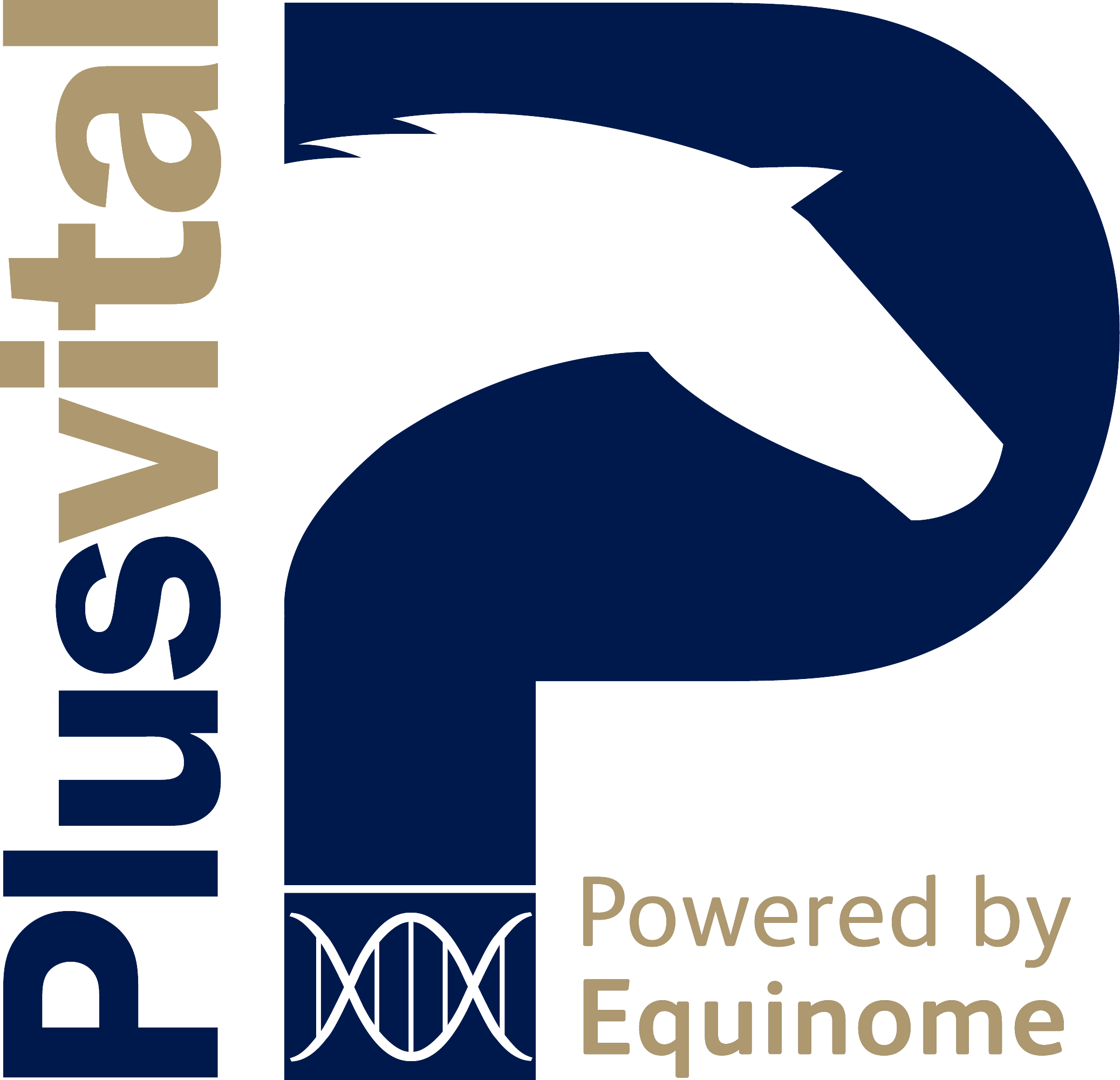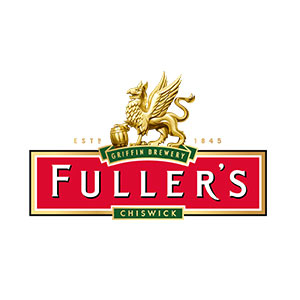With the news that Ireland’s attempt at closed doors racing has become a short-lived attempt to outwit the virus, western Europe is a wasteland for sporting endeavour, with no nation permitting organised sport at any level. Even the Olympics has capitulated in the path of the all-conquering Coronavirus.
The shutdown serves as a reminder that enjoying racing need not be limited to the British Isles. Jump racing is practiced all over the world and especially in Europe but the racing seasons and style of racing are very different in the different countries of Europe. This week, I am starting a series of blogs illustrating the range of venues around the world where National Hunt racing is staged, which will whet the appetite for any lover of the sport to explore far distant racecourses across the globe.
We start with Europe, where the tradition of Jump racing is fuelled by the beast that is the Cheltenham Festival. Let’s hope the suspension of the horse racing season is only temporary in the UK. Next season’s big fixtures including the Cheltenham Festival are already in the public domain provided they run as normal. Horse race punters are already anticipating the sport returning to normal and new customers offers for the Cheltenham Festival will be available when the action returns.
Whilst Britain and Ireland follow a similar seasonal pattern, focused on major races in the winter and spring, others take a different path. The UK season would have been drawing to a close, and whilst 3 major weekends in the Grand National meeting, Scottish National and Sandown’s Celebration meeting to conclude the season are lost, a majority of the season has been concluded.
Ireland on the other hand, faces the loss of Punchestown, that bucolic celebration of spring in Kildare, where the Irish celebrate their own festival and where British runners are, more often than not, shown a clean pair of heels. Punchestown’s five days don’t offer the same level of intensity as Cheltenham, and there are some wonderfully anachronistic races still populating its programme of Grade 1 steeplechases and hurdle races, but its relaxed ambiance and the Irish spirit of generous hospitality make this an opportunity not to miss.
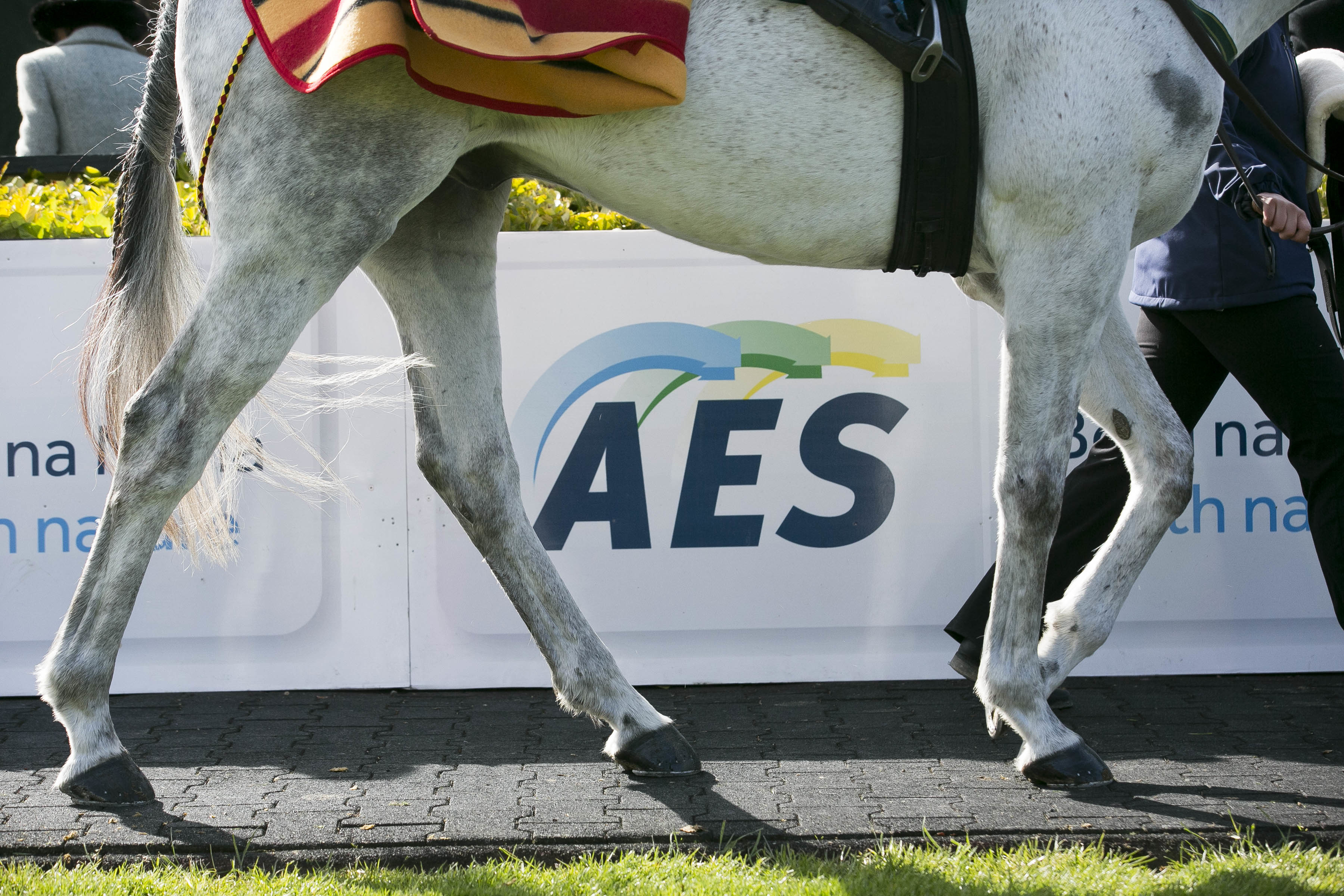
Reel forward a few months, and Galway provides a different flavour altogether; perhaps not the same standard of high quality racing throughout, but the most lucrative Jumps fixture in the Irish calendar bar none. There is an overriding impression that the racing is but an excuse for a party; spectators are still arriving come the fifth race, and the town becomes alive with revelers until the dawn breaks. Never mind the horses; Galway is a stamina-sapping endurance test for spectators.
Ireland is a country of festivals; so many of its racing events are multi-day, designed to encourage short breaks where racing is but an excuse to enjoy the beautiful scenery and engaging hospitality of its people. Killarney, against a backdrop of the national park and Lough Leane, is king of festival meetings with 12 days racing condensed into just 3 meetings. Break yourself in gently with the 3 day May fixture, before the full five days in July, and find time for the Ring of Kerry for the very best of Ireland’s scenic western coastline.
There are 26 racecourses in Ireland – more per head of population than any other developed country. Each has its own particular charm, whether you are chasing Cheltenham clues at Leopardstown’s Dublin Racing Festival in February, or at picturesque venues like Gowran Park in Carlow. But there’s one place you have to go.
Laytown Races is the ultimate pop-up event. Held just north of Dublin it stages one fixture a year – sadly not Jumping – but attracts big crowds, fascinated by its novelty, for Laytown is staged on the beach. A Weigh tent is erected after the tide has gone out, rails are set out, and as if by magic, a race meeting develops, with stalls, bars and so on. The races date back to 1868 when racing was a poor second to the Boyne Regatta. At high tide the spectators enjoyed boat races, at low tide, horse races. The boats have disappeared, but the racing remains the most eclectic member of the Irish racing community.
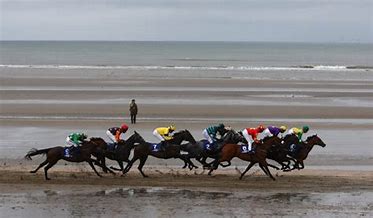
In France, the leading races are virtually all at Auteuil, which stages an autumn and spring calendar culminating in the Grand Steeplechase de Paris in mid-May. Its 9 Grade 1 races attract runners from the UK and Ireland; Willie Mullins has enjoyed considerable success in recent years, and it’s no surprise that his stable is packed with French-breds. In fact, two-time Cheltenham Gold Cup winner Boum Al Photo was bought by Mullins from leading Jumps trainer Emmanuel Clayeux, who has also tasted British success in the Glenfarclas Cross Country at Cheltenham.
The highlight of the early summer is the Grand Steeplechase de Paris over the weekend of May 16-17. Although inaugurated in 1874, the race first came to the broad attention of British racing fans in 1962, when Fulke Walwyn’s Mandarin scored an unlikely victory under Fred Winter, his bit having broken early in the race. Mandarin was owned by Peggy Hennessy, of the eponymous French brandy firm. Renowned Anglophile Francois Doumen won the race five times with horses for the Marquesa de Moratella, beginning with The Fellow (1991), Ucello II (1993, 1994), Ubu III (1995) and First Gold (1998), but more recently, the race has been the domain of Guillaume Macaire-trained horses. He has won 5 of the 7 runnings since 2013.
The French winter season is punctuated by top races at Pau, an hour from the Pyrenees. Trainers lodge at Pau in the substantial training centre, the largest outside the Paris basin, where over 900 horses are trained for racing under both codes at peak times. The Pau season concludes in February after the Grand Steeplechase de Pau Biraben. As could only happen in France, the main sponsor Biraben is a manufacturer of foie gras! Ryanair flights from Stansted to Biarritz or Toulouse make this an easy winter break for English racegoers.
Jumping in the provinces of France is a charming affair, and racecourses are everywhere, especially in the west. Six years ago, Philip Hobbs sent Grand National fifth Balthazar King under Dickie Johnson to plunder the Grand Steeplechase de Craon, and his owners cleaned out the tote, which was gloriously unaware of the horse’s top UK form. Places like Craon, Lion d’Angers and Clairefontaine stage entertaining racing in the most beautiful rural settings.
One of the most spectacular settings is Pompadour not far off the Dordogne. It stages mixed cards of flat racing on an all-weather course and Jump racing, all in the shadow of the town’s medieval chateau – the French provinces’ answer to Chantilly! The racing is not of great note, but that matters not a jot given the typical French summer sunshine and a splash of Cahors wine.
In Belgium, there’s really only one place to watch racing – at Waregem. In an extraordinary fixture immediately after the August Bank Holiday, some 20,000 spectators cram into a small space to watch the Grand Steeplechase de Flandres, first run in 1858 19 years after the Grand National was inaugurated.
South and east, Switzerland is not a country famed for its racing under either code, but you’ll find Jumping here at Frauenfeld Racecourse, about 40km north east of Zurich. Fixtures are easily missed; there are just two each year on Whit Monday in June and The Swiss Derby fixture 3 weeks later. The mixed cards allow a chance to enjoy some spectacular scenery around the Swiss Cantons.
Jumping is not commonplace further east. However, Jump racing is thriving in Poland, at Partynice Racecourse in Wroclaw, which was included for the first time in the European cross country challenge known as the Crystal Cup for the first time this year. Sadly the race looks likely to be aborted because of the virus, but the racecourse is riding on the back of a rejuvenation of racing in Poland, attracting runners from Germany and Russia. Jump racing is relatively recent addition, the first steeplechase being introduced in 2013.
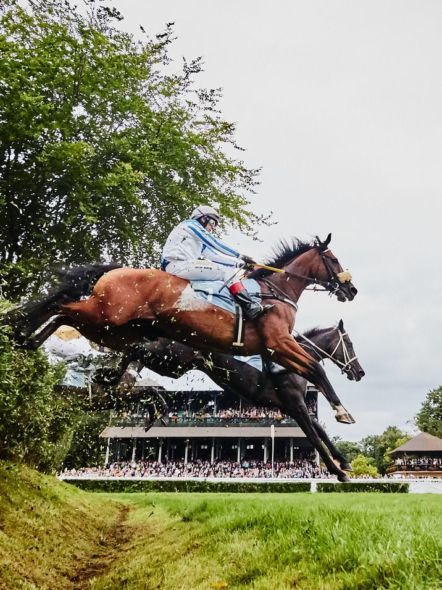
One racecourse in eastern Europe should be on every racing fan’s bucket list – Pardubice in the Czech Republic. An annual pilgrimage is necessary for the most extraordinary of races – the Velka Pardubice. This 4m2f chase is run over a wide variety of obstacles and ground, ranging from grass to plough, and were hunting still to exist in the country, would be perfect to refresh any jaded Pointer. British interest in the race is high, but it tends to be a race for specialists, and the Czechs are fiercely competitive.
Only two British horses have succeeded since 1970, being Chris Collins on Stephen’s Society in 1973 and Charlie Mann on It’s a Snip in 1995. Czech hero Josef Vana has won the race a remarkable 8 times. To give you an idea of its length and stamina requirement, the longest ever recorded time for the winning horse is 12mns 46 secs!
In broad terms, the further east you travel, the more sporadic becomes Jump racing. In Slovenia, Bratislava has a calendar of steeplechases, where British and Irish riders have often been drafted in to ride. The obstacles are modest in size and would be a poor relation to the UK, France or Ireland.
Among the Mediterranean countries, going conditions are the largest obstacle to the development of Jump racing. Whilst many countries like Bulgaria, Croatia, and Slovenia stage flat racing or trotting, the mountainous rural landscape was never conducive to mounted hunting, where the traditions of the sport lie. No surprise therefore that Jumping has no presence here.
Merano, on the other hand, is the leading venue for Jumping in Italy, high up in the Italian Tyrol, with an Alpine setting to die for. French horses plunder most of the prizes here, including the Grand Premio de Merano in September, although Venetia Williams sent The Outback Way to be a staying on third in 2000.
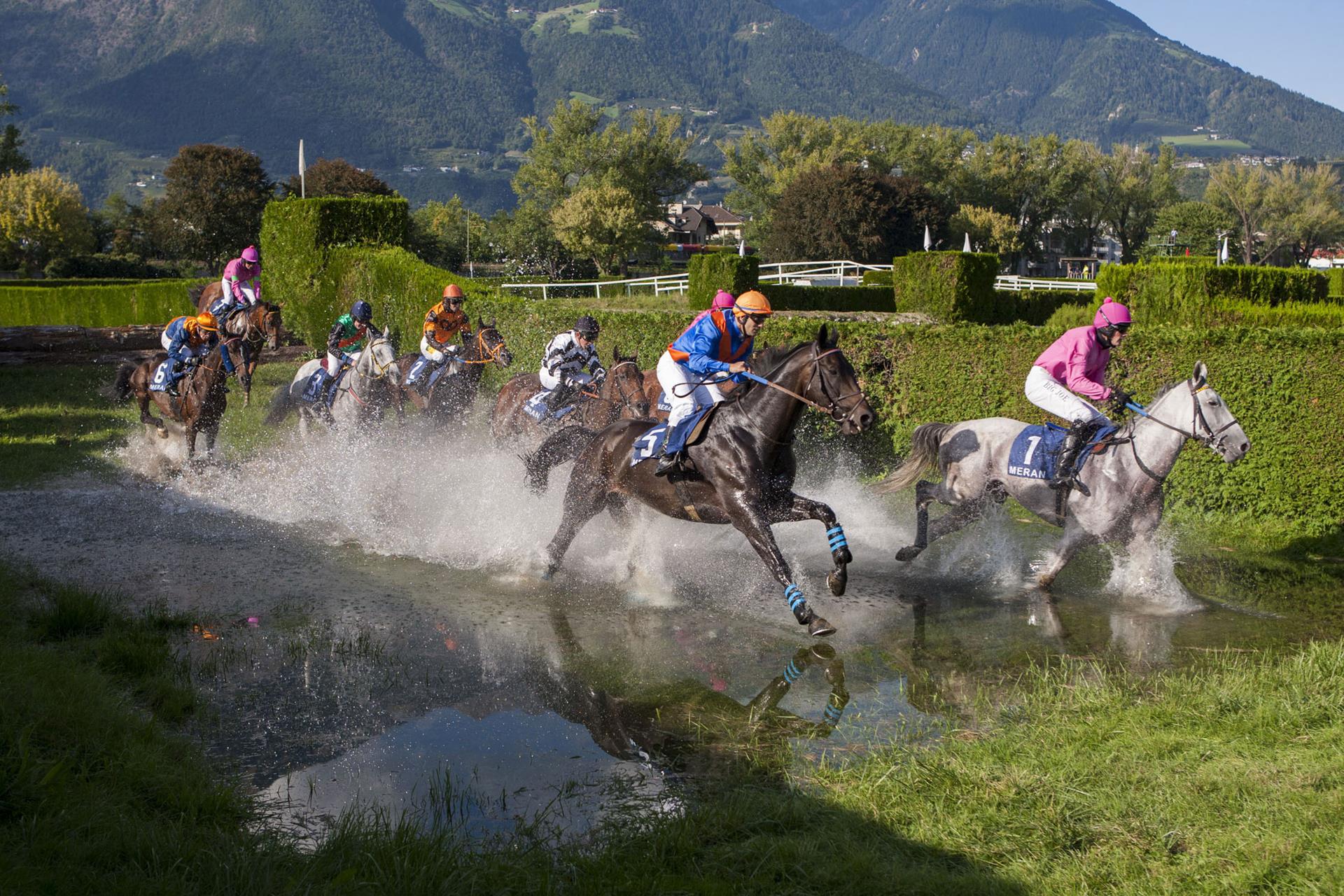
In far northern Europe, Sweden is the most developed racing nation. The Swedish Grand National at Strömsholm, not far from Oslo, is the only foreign Grand National sanctioned by Aintree, and has existed since 1970 when the then owner of Aintree, Mirabel Topham, donated a challenge cup to inaugurate the race. The June race, over 3m, starts right-handed but changes direction several times and some fences are jumped in both directions.
The first ever running in 1971 was won by the British-trained Officer Kelly, ridden by the successful Grand National winning rider of the same year, John Cook, flown out for the task from England. John had the dubious pleasure for many years of being the tallest jockey in the weighing room.
Over the border in Norway, Jump racing is limited to hurdle races at Ovrevöll Racecourse, a tight 7f circuit which also includes all-weather racing.
Which brings us full circuit back to the UK. And if you want to understand what the earliest steeplechases were like, then you only have to travel as far as Ledbury country, where the annual Golden Button Steeplechase provides a race over natural obstacles in the true traditions of the sport. This is a race in the ascendant, with no monetary value and no formal betting, but in recent years, it’s been adopted by some of our top riders, who cut their teeth in the hunting field. The legend that is Paul Carberry has won the race, and our own Dickie Johnson took time out of his schedule to ride in 2019.
The 4m race attracted 60 – yes, sixty – runners in February 2019, and was won by Yvonne Goss, one of the country’s leading event riders.
Next, Jump racing in the Americas...


